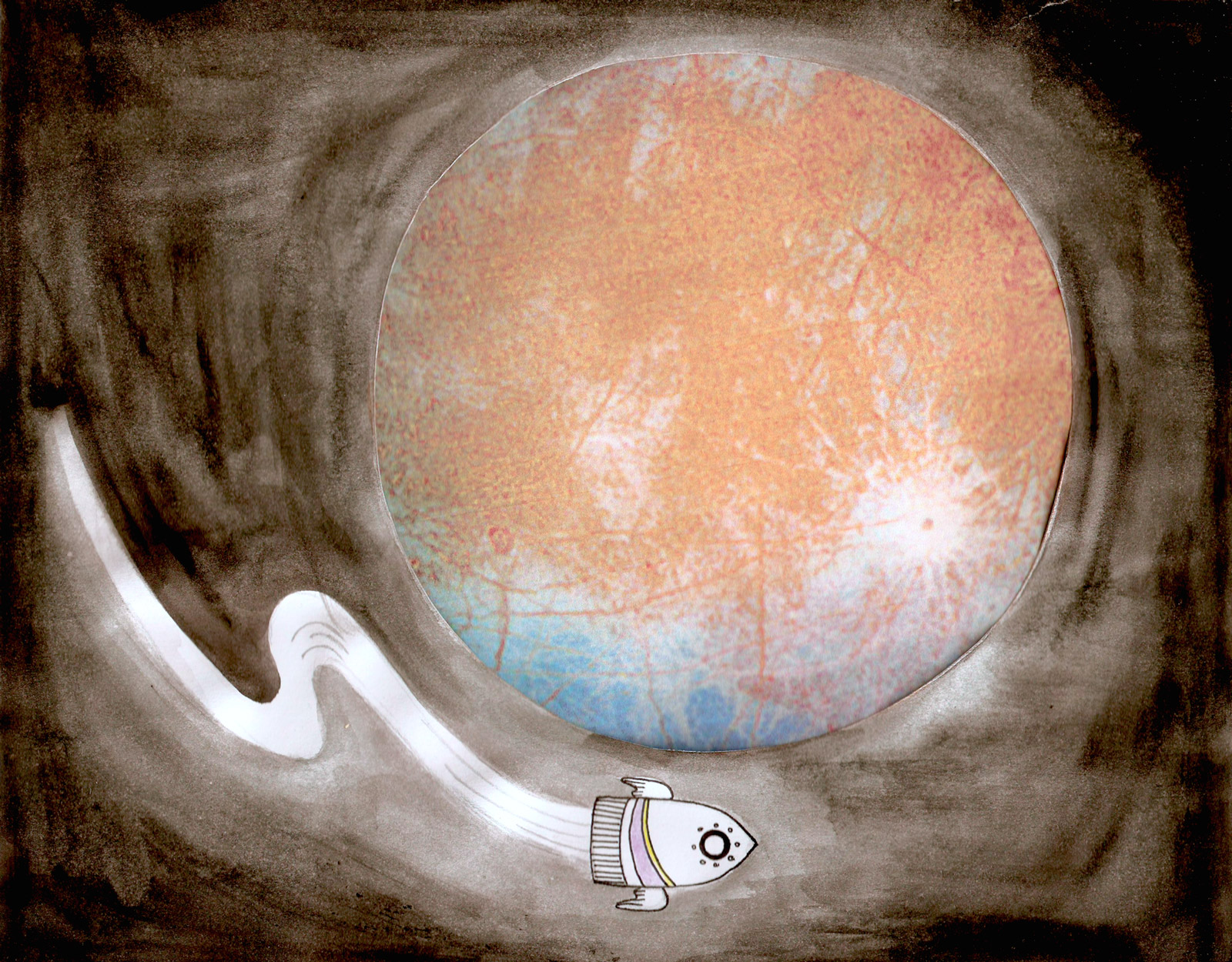Last night I had to come to terms with two things: I’ve got a mean bronchial infection and there are spiders gleefully using my bathroom as their breeding ground. I counted at least 10 spiderlings who’ve built their first tiny webs in various nooks and crannies of the room as I was brushing my teeth. It was somewhere at the count of around eight that I started to think about the number of eggs female spiders usually lay, and from that point I was forced to ponder the potential success rate of hatchlings in an environment without predators of any sort. Lucky for me, my bathroom isn’t very big and I think space might be a limiting factor. Maybe those babies are eating each other.
Now, one or two spiders I don’t mind, in fact it is my sincerest hope that they will eat the fruit flies that are having a heyday in the beer empties. Ahem. Regardless, I pulled out my Golden Guide to Spiders and Their Kin pocketbook and quickly decided that it was impossible for me to judge with any sort of accuracy what type of spider these are. Admitting defeat, I thought back to a really cool (and probably much more interesting) spider I learned about last year: Latrodectus hasselti, the Australian red-backed spider.
A close relative of the infamous black widow spider, red-backed spiders can be found throughout most of Australia, as their name implies. Females are about one centimeter long with a pea-sized body while the males are much smaller, 3-4 millimeters. Only females build webs, and only the bite of the female is dangerous to humans (antivenom is available. The lifespan of males is only 6-7 months, while females average 2-3 years. It is most likely this discrepancy in both size and lifespan which leads to what I, and numerous biology textbooks, think is the most interesting thing about this species — its reproductive behaviour. Male redbacks who go a-courtin’ are at serious risk of being eaten by their potential mate before they have a chance to get the job done, so they approach very carefully, using spidey-signals to announce themselves. The male begins copulation by inserting sperm via one of his two palps — the small “arms” in-between the first set of legs and the fangs — into the female’s genital opening. This being done, the male performs a backwards summersault, palp still inserted, and lands with his abdomen in front of the female’s nasty, venomous jaws. She begins secreting digestive juices and eating her partner’s abdomen almost instantly. The male, still alive, attempts to continue the courtship ritual and to insert his second palp (with sperm) before his inevitable death. This, folks, as it is affectionately called by some, is sexual suicide. Holy cow.
So on that note, my happy, lovesick readers, I shall now spend some quality time rounding up spiders down in the bathroom. I really shouldn’t let this situation get out of hand like I did with the fruit flies. See you next time!



